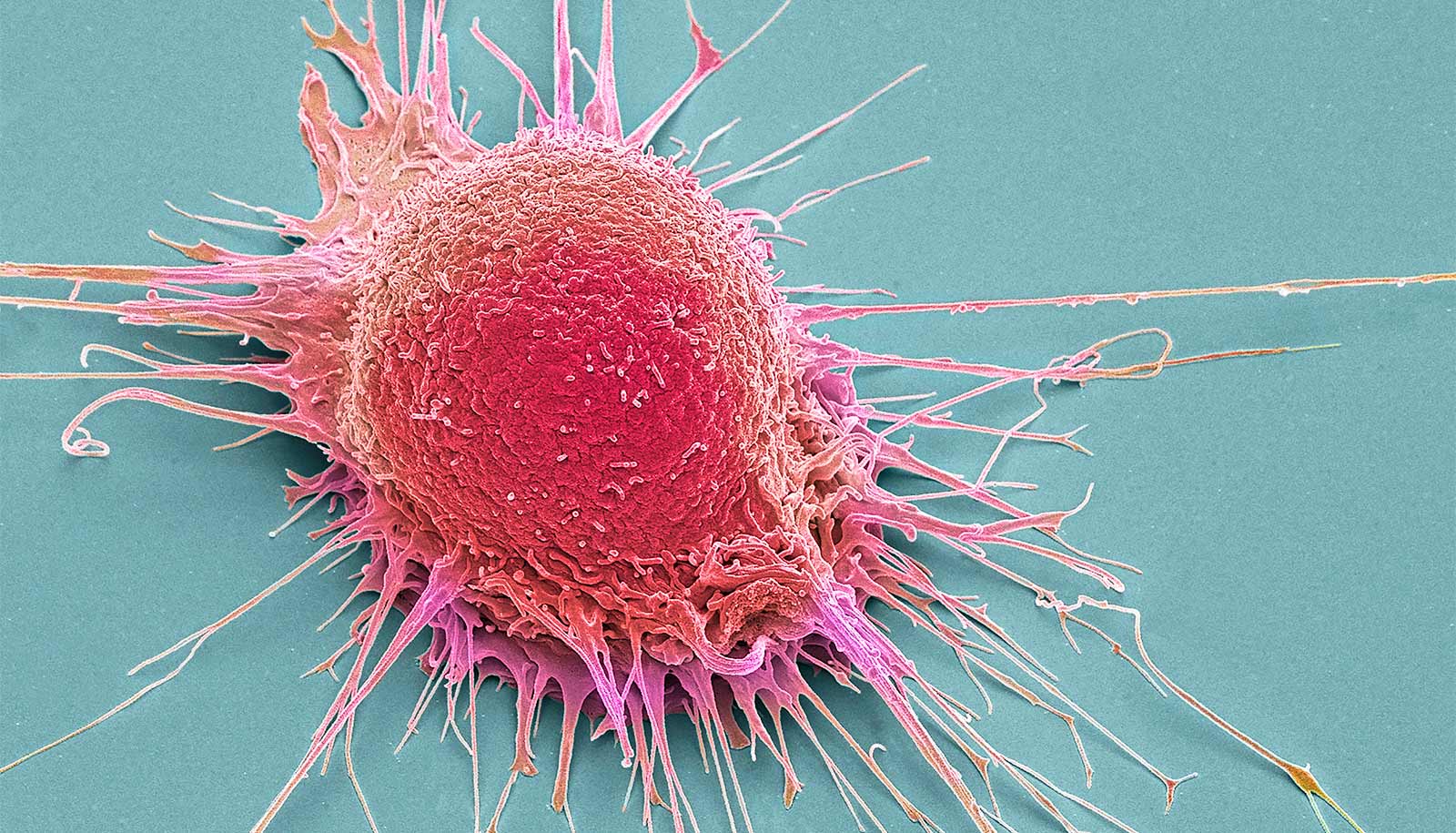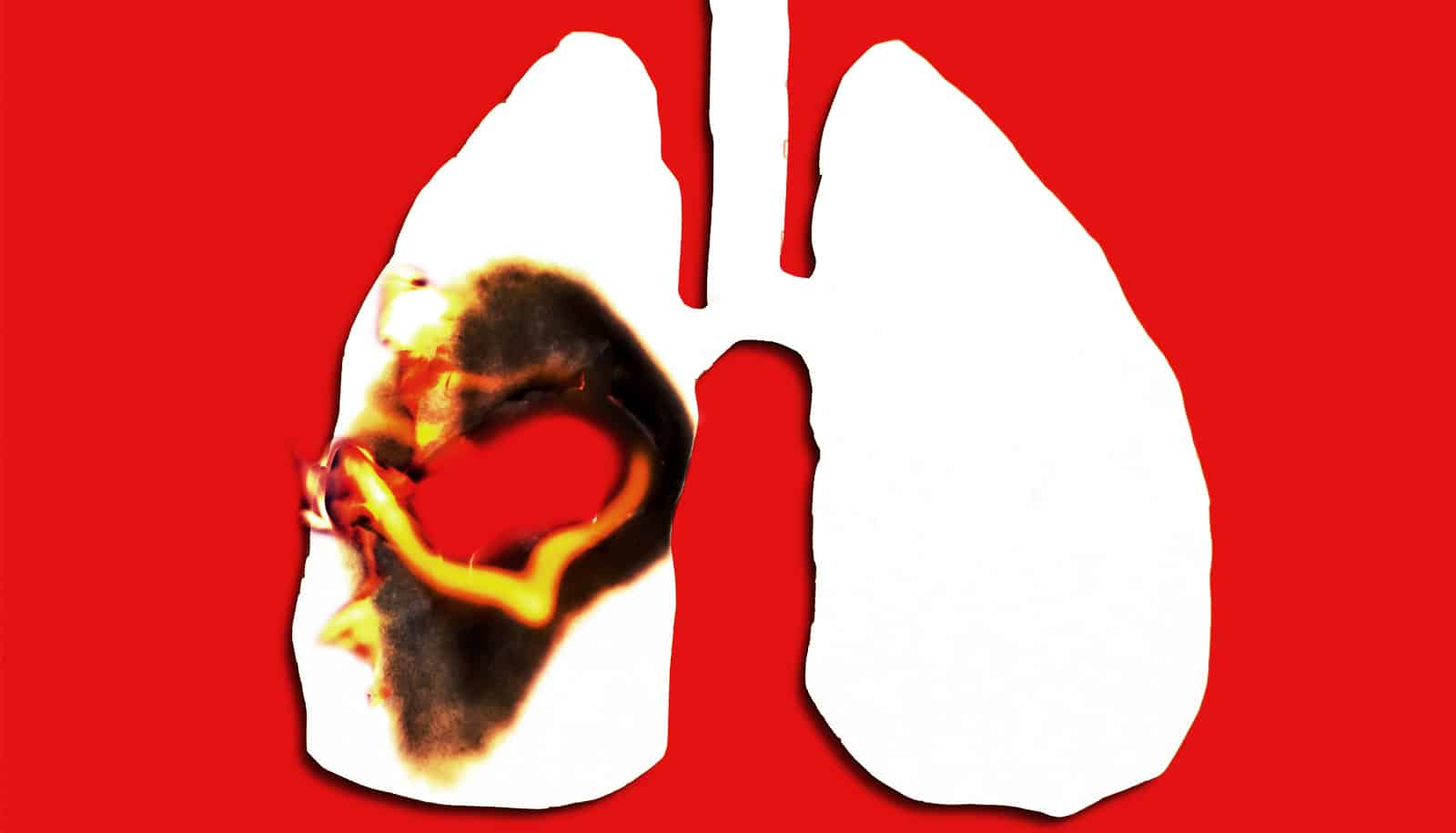Female mice exposed to chemicals used in unconventional oil and gas (UOG) operations before birth may develop precancerous lesions and other abnormalities on their mammary glands later, a new study suggests.
Additionally, some of the mice involved in the study developed precancerous mammary lesions that may suggest they will be more sensitive to chemicals that cause cancer.
Using more than 1,000 different chemicals, UOG operations combine directional drilling and hydraulic fracturing, or “fracking,” to release natural gas from underground rock.
“Our earlier research showed that both male and female mice had alterations to hormone levels and reproductive organs resulting from exposures to these UOG contaminants,” says Susan C. Nagel, an associate professor of obstetrics, gynecology, and women’s health at the University of Missouri.
“We felt this could indicate that exposures to UOG chemical mixtures can produce a range of defects in animals exposed during vulnerable periods, such as development in the womb. So, we examined 23 UOG contaminants and compounds commonly used or produced in the fracking process.”
In the study, female mice were exposed to various amounts of the 23 UOG chemicals from gestational day 11 to birth. Although no effects were observed on the mammary glands of these females prior to puberty, in early adulthood, female mice developed mammary lesions and hyperplasia, a condition that causes enlargement of an organ or tissue.
“We chose varying amounts of the UOG mixture in order to mimic a range of human exposures to these chemicals,” Nagel says, who is also an adjunct associate professor of biological sciences.
Poor health more likely for babies born near fracking
“These suggest that the mammary gland is sensitive to mixtures of chemicals used in unconventional oil and gas production. Determining whether these fracking mixtures affect human populations is an important goal, particularly as the number of fracking sites within human population centers increases.”
The findings appear in Endocrinology.
Additional, long-term studies are needed to evaluate these outcomes, the researchers say. Coauthors are from Duke University and the University of Massachusetts Amherst. The National Institute of Environmental Health Sciences of the National Institutes of Health supported the work.
Source: University of Missouri



